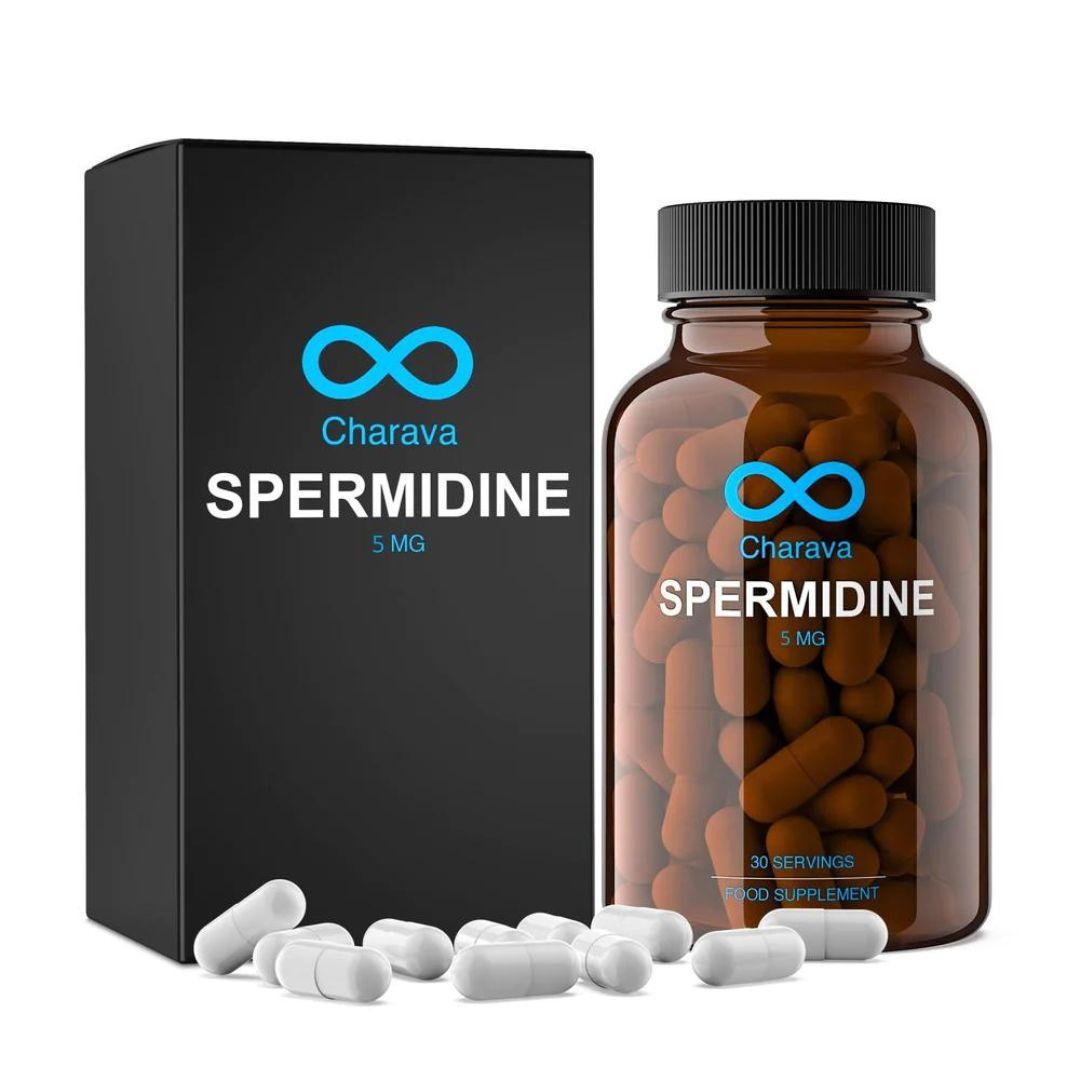In recent years, the concept of fasting has transcended its traditional cultural and religious boundaries, emerging as a potent tool in the realm of health and wellness. At the intersection of nutrition science and metabolic health lies autophagy—a cellular process that is garnering increasing attention for its potential role in fat loss and overall vitality. This article delves into the analytical underpinnings of how fasting can be strategically employed to trigger autophagy, a natural mechanism where the body cleanses itself of damaged cells and regenerates new ones. By exploring the scientific principles that govern autophagy, we aim to equip readers with the knowledge to harness this process effectively for fat loss. Through a confident examination of current research and practical insights, we will unravel the intricate relationship between fasting, autophagy, and weight management, offering a comprehensive guide to those seeking to optimize their health through informed fasting practices.
Understanding the Science Behind Autophagy and Fat Loss
At the heart of fasting’s effectiveness for fat loss lies a fascinating biological process known as autophagy. This natural mechanism is essentially the body’s way of cleaning out damaged cells, thereby regenerating newer, healthier cells. Autophagy is activated during periods of fasting when the absence of food intake triggers the body to initiate cellular repair processes. As your insulin levels drop, the body switches from using glucose as a primary energy source to burning stored fats. This metabolic shift not only promotes fat loss but also enhances cellular rejuvenation.
To harness the power of autophagy through fasting, consider incorporating these strategies into your routine:
- Intermittent Fasting: Adopt patterns such as the 16/8 method, where you fast for 16 hours and eat within an 8-hour window, to consistently stimulate autophagy.
- Extended Fasting: Engage in longer fasts, ranging from 24 to 72 hours, occasionally to deepen the autophagic response.
- Low-Carb Diets: Combine fasting with a ketogenic or low-carb diet to maintain low insulin levels, thereby enhancing autophagic activity.
By understanding and applying these principles, you can effectively utilize fasting as a tool to trigger autophagy and achieve your fat loss goals.
Optimal Fasting Protocols to Enhance Autophagy
Unlocking the power of fasting to stimulate autophagy requires a strategic approach that balances duration, frequency, and nutrition. Intermittent fasting (IF), often practiced in cycles of 16:8 or 18:6, has emerged as a popular method. By allowing the body to rest from digestion, it encourages cellular repair processes. However, for those seeking deeper autophagic benefits, extended fasting of 24 to 72 hours may be more effective, albeit less frequent. During these longer fasts, the body’s cells are driven into a state of recycling, breaking down old components and rejuvenating themselves.
- 16:8 Method: Fast for 16 hours and eat within an 8-hour window. Ideal for beginners.
- 5:2 Method: Consume normally for 5 days and reduce calorie intake to 500-600 calories on the other 2 days.
- Alternate-Day Fasting: Fast every other day, promoting significant autophagic activity.
- Eat-Stop-Eat: Incorporate one or two 24-hour fasts each week for deeper cellular cleaning.
For maximal autophagy activation, it’s crucial to focus on nutrient timing and macronutrient balance. Prioritize high-fat, low-carb meals post-fast to maintain ketogenesis, which complements the autophagic process. Furthermore, incorporating regular physical activity and ensuring adequate sleep can enhance these benefits, creating a holistic approach to fat loss and cellular health.

Nutritional Strategies to Support Fasting and Autophagy
When embarking on a fasting journey to activate autophagy for fat loss, it is crucial to incorporate specific nutritional strategies that enhance the process. Choosing the right nutrients during eating windows can profoundly impact the efficiency of fasting. Consider the following approaches:
- Focus on high-quality proteins: While fasting naturally leads to a reduction in calorie intake, ensuring adequate protein consumption during eating periods helps maintain muscle mass and supports overall metabolic health.
- Incorporate healthy fats: Foods rich in omega-3 fatty acids, such as salmon and flaxseeds, can enhance autophagic activity while providing satiety and supporting cellular health.
- Limit refined carbohydrates: Reducing intake of processed sugars and refined grains helps stabilize insulin levels, which can further promote the autophagic process.
- Hydration is key: Drinking plenty of water, herbal teas, and broths can support detoxification processes and help manage hunger during fasting periods.
Additionally, consider supplementing with essential nutrients that can assist in optimizing autophagy. Vitamin D, magnesium, and zinc are known to support cellular functions and immune health, creating a more conducive environment for fat loss and autophagy. By strategically aligning your nutritional intake with your fasting routine, you can maximize the benefits of both practices.

Monitoring and Adjusting Your Fasting Routine for Maximum Results
To harness the full potential of fasting for triggering autophagy and promoting fat loss, it’s essential to maintain a vigilant approach towards monitoring and adjusting your routine. Start by keeping a detailed journal of your fasting periods, energy levels, and any changes in your body composition. This will help you identify patterns and make informed adjustments. Be mindful of the body’s signals; if you experience excessive fatigue or discomfort, consider tweaking the fasting duration or the timing of your eating windows. Remember, what works for one person may not work for another, so personalizing your approach is key.
- Track Progress: Use apps or journals to record fasting periods and results.
- Listen to Your Body: Adjust fasting lengths based on energy levels and well-being.
- Experiment with Timing: Try different fasting windows to see what aligns best with your lifestyle.
- Stay Hydrated: Ensure adequate water intake to support metabolic processes.
By regularly evaluating and adjusting your fasting strategy, you can optimize the benefits of autophagy, effectively targeting fat loss while ensuring the practice remains sustainable and aligned with your health goals.
